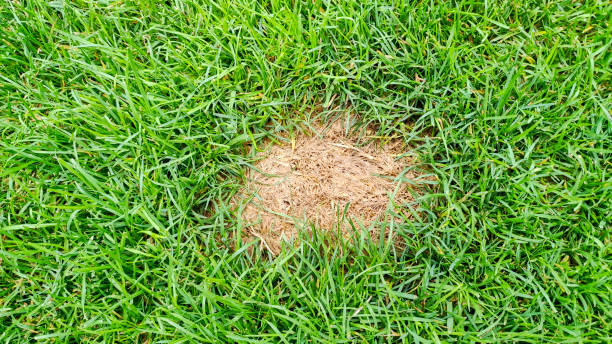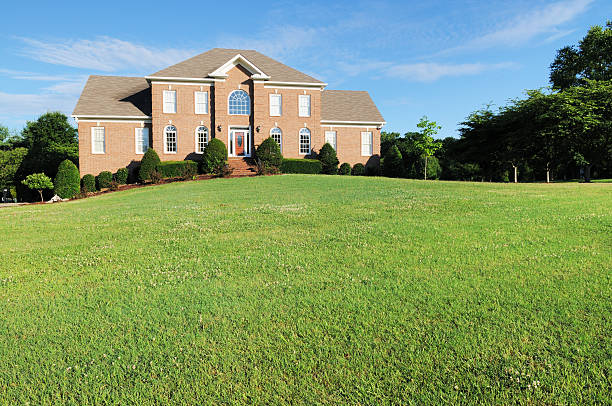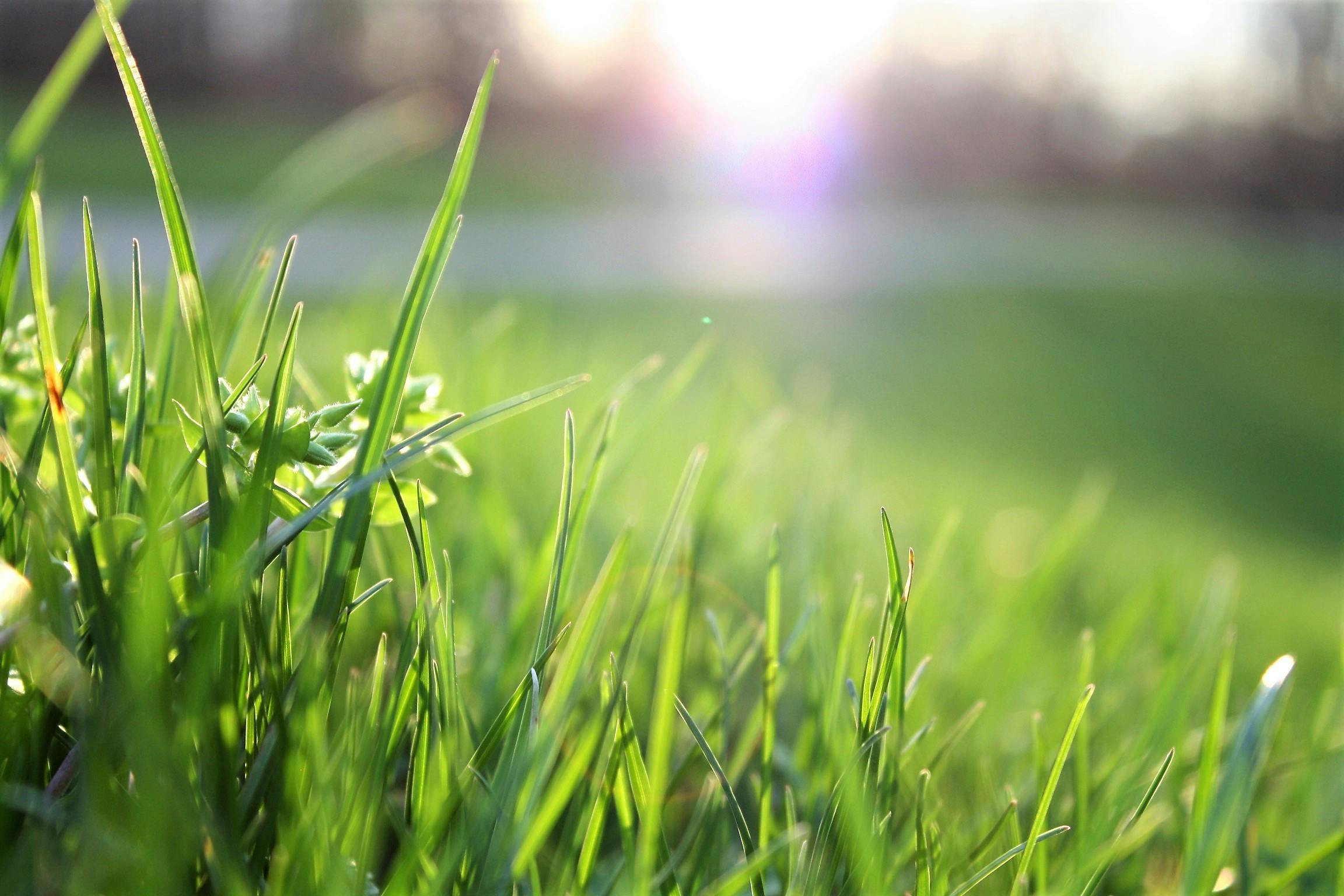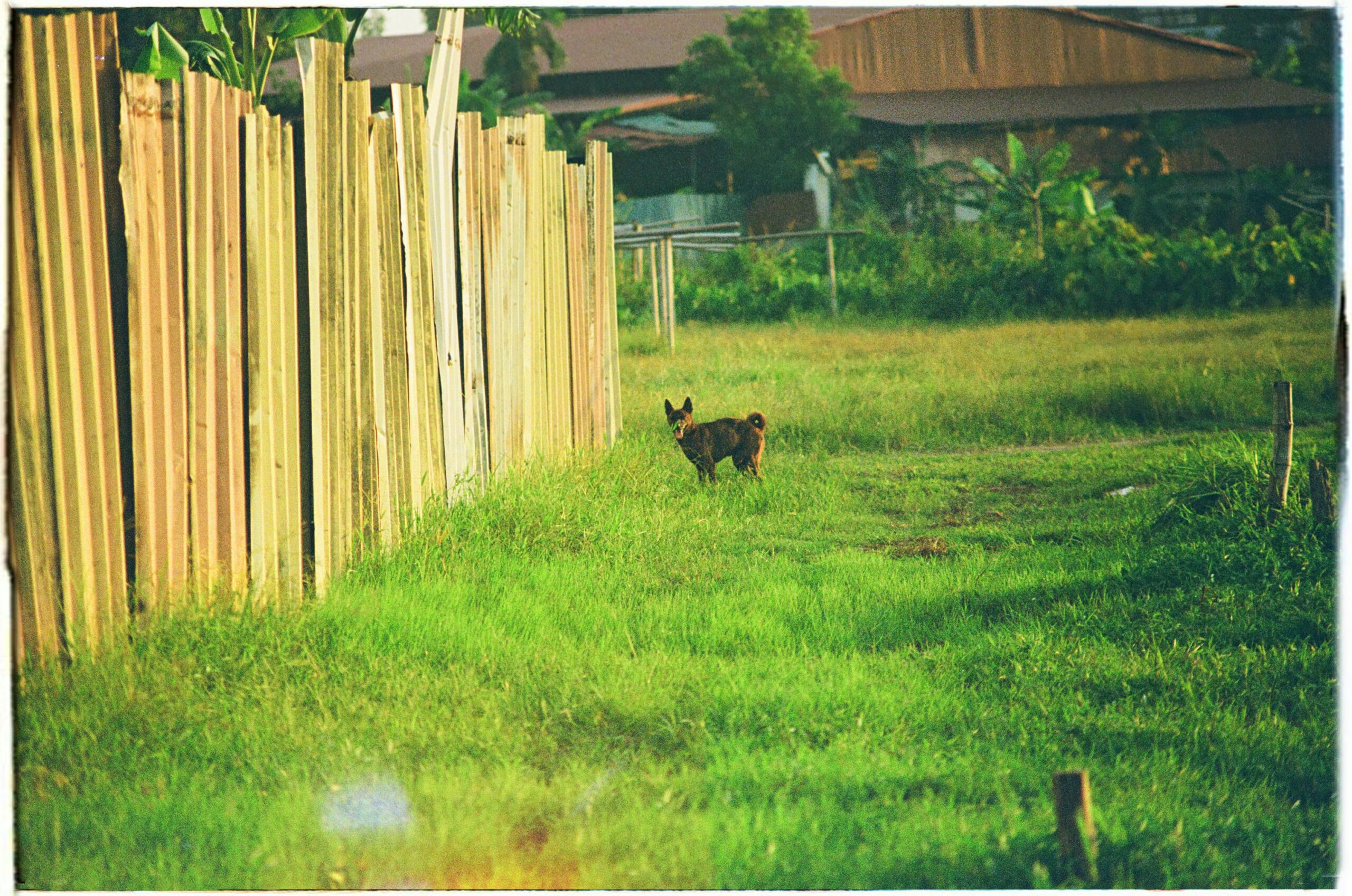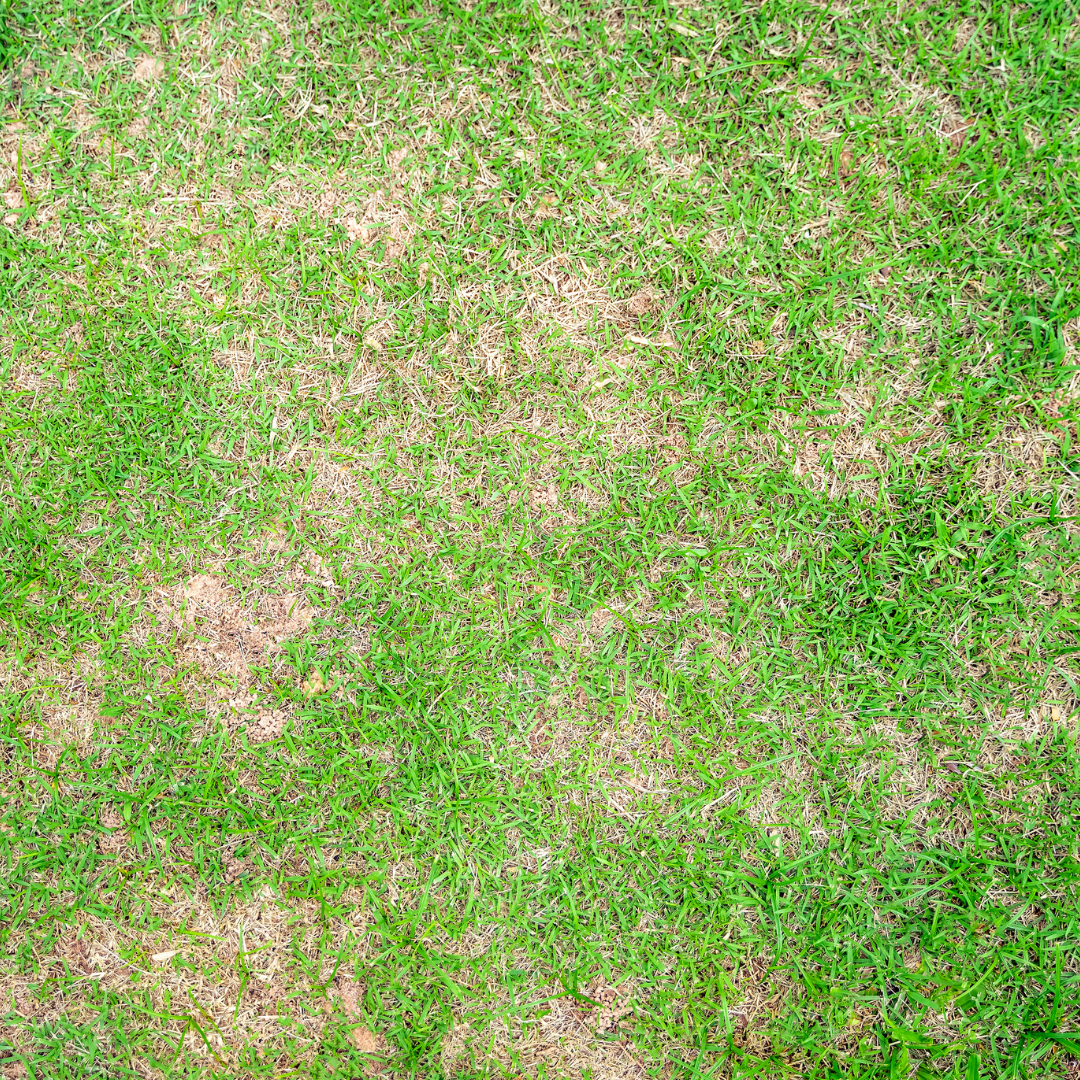Bare patches in your yard don’t just look bad — they can invite weeds, pests, and erosion. If you’re searching for lawn care services near me, you’re not alone. Chattanooga homeowners face a unique mix of clay soil, heavy rain, and scorching summers that can wreak havoc on even the best-maintained lawns. Fortunately, repairing bare spots is easier than most people think — especially when you follow expert guidance. In this guide, we’ll explore the causes of bare spots, how to repair them, and how to keep your lawn green and full year-round.
Table of Contents
- Why Bare Spots Appear in Chattanooga Lawns
- Tools & Materials Needed for Lawn Repair
- Soil Testing: The First Step to Repair
- How to Choose Grass for Chattanooga Lawns
- Step-by-Step Lawn Repair Process
- Watering Techniques After Seeding
- When to Repair Your Chattanooga Lawn
- Long-Term Strategies to Prevent Bare Spots
- Benefits of Professional Lawn Care Services Near Me
- Get Expert Lawn Care Services Near Me
Why Bare Spots Appear in Chattanooga Lawns
Bare spots in your lawn can be frustrating. However, they’re often symptoms of common lawn care issues. These include heavy foot traffic, pet waste, fungal diseases, poor soil drainage, and insect damage. Furthermore, Chattanooga’s clay-heavy soil tends to compact easily, making it harder for grass roots to grow. The hot and humid summer climate doesn’t help either, often leading to stress on your turf. Understanding these factors is essential before starting the repair process.
Tools & Materials Needed for Lawn Repair
Before you begin repairing your lawn, make sure you have the right tools. These include:
- Rake or dethatcher
- Garden fork or aerator
- Lawn soil or compost
- Appropriate grass seed or sod
- Seed spreader (optional but helpful)
- Starter fertilizer
- Water hose with spray nozzle
Quality tools ensure your lawn repair goes smoothly. If you’re unsure which products are best, ask a professional team like Champion Green for help selecting Chattanooga-appropriate lawn care products.
Soil Testing: The First Step to Repair
Before seeding or sodding, it’s crucial to test your soil. Poor nutrient balance or incorrect pH can prevent grass from taking root. In Chattanooga, ideal pH levels range between 6.0 and 7.0. Soil test kits are available from most garden centers or you can contact UT Extension Hamilton County for more in-depth analysis. Once tested, amend your soil with lime, compost, or fertilizer to create optimal conditions for seed growth.
How to Choose Grass for Chattanooga Lawns
Selecting the right grass seed can make or break your lawn repair project. Popular choices in Chattanooga include:
- Tall Fescue – Known for its durability and shade tolerance
- Bermuda Grass – Thrives in full sun and resists foot traffic
- Zoysia Grass – Offers low maintenance and heat resistance
If you’re not sure which seed fits your yard’s microclimate, consider reaching out to a local lawn care expert. These professionals can assess your property and offer a customized solution that fits your needs.
Step-by-Step Lawn Repair Process
Once you’ve prepped the soil and picked your seed, follow these steps to repair your lawn:
- Clear debris – Rake up any dead grass, rocks, or thatch.
- Loosen the soil – Use a fork or aerator to help roots grow.
- Apply compost – Spread a thin layer to enrich the soil.
- Seed or sod – Apply seed evenly or cut sod to fit bare patches.
- Fertilize – Use starter fertilizer to support germination.
- Water lightly – Mist twice a day for the first two weeks.
This process ensures seeds stay moist and secure, improving germination. If this sounds time-consuming, consider hiring trusted lawn care services near me to handle the job efficiently and correctly.
Watering Techniques After Seeding
Proper watering is the key to establishing strong, new growth. Here’s a schedule to follow:
- Mist twice daily during the first 10 days
- Switch to once daily after germination begins
- Reduce to 2–3 times weekly after 3 weeks
- Begin mowing once the grass reaches 3–4 inches
Make sure not to overwater — soggy soil encourages mold and disease. Always check for drainage and adjust your watering based on rainfall and season.
When to Repair Your Chattanooga Lawn
Timing is everything when it comes to lawn repair. Fall (September–October) and early spring (March–April) are ideal seasons. In the fall, soil is still warm but air temperatures are cooler, which reduces plant stress and helps root development. Springtime offers another opportunity before the summer heat sets in. Avoid summer repairs unless you’re using sod and have a dedicated watering plan.
Long-Term Strategies to Prevent Bare Spots
Once your lawn is restored, don’t let all that work go to waste. Use these long-term care strategies to keep your grass looking lush:
- Perform annual lawn aeration
- Apply fertilizer 3–4 times per year
- Overseed each fall to maintain density
- Inspect regularly for signs of disease or pests
- Keep pets and foot traffic off recovering areas
Healthy grass is less susceptible to stress and damage. Preventative care not only keeps bare spots away but also enhances your home’s curb appeal.
Benefits of Professional Lawn Care Services Near Me
While DIY is possible, professional help often provides better, longer-lasting results. Local pros offering lawn care services near me understand Chattanooga’s specific conditions. Services often include soil testing, aeration, hydroseeding, seasonal fertilization, and pest prevention. Plus, you’ll save time and avoid frustration.
Champion Green is one of Chattanooga’s most trusted lawn service providers. Their team tailors plans to your property and ensures every step is done right. Let them take the stress out of lawn care.
Get Expert Lawn Care Services Near Me
If your yard has seen better days, don’t wait. Reach out to Champion Green and schedule a lawn health check today. Their professional team can restore your grass, strengthen your soil, and prevent future issues. When you’re ready for greener grass — without the hassle — trust their experience in providing premium lawn care services near me.

